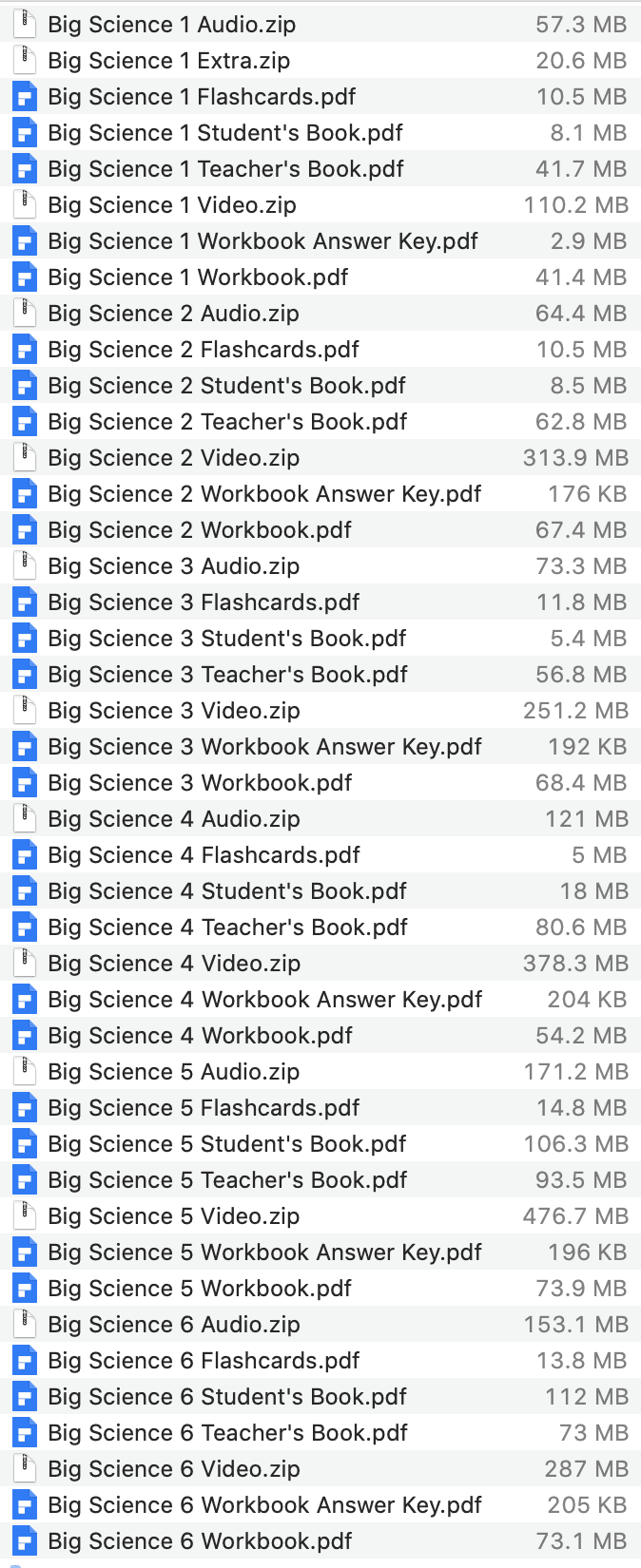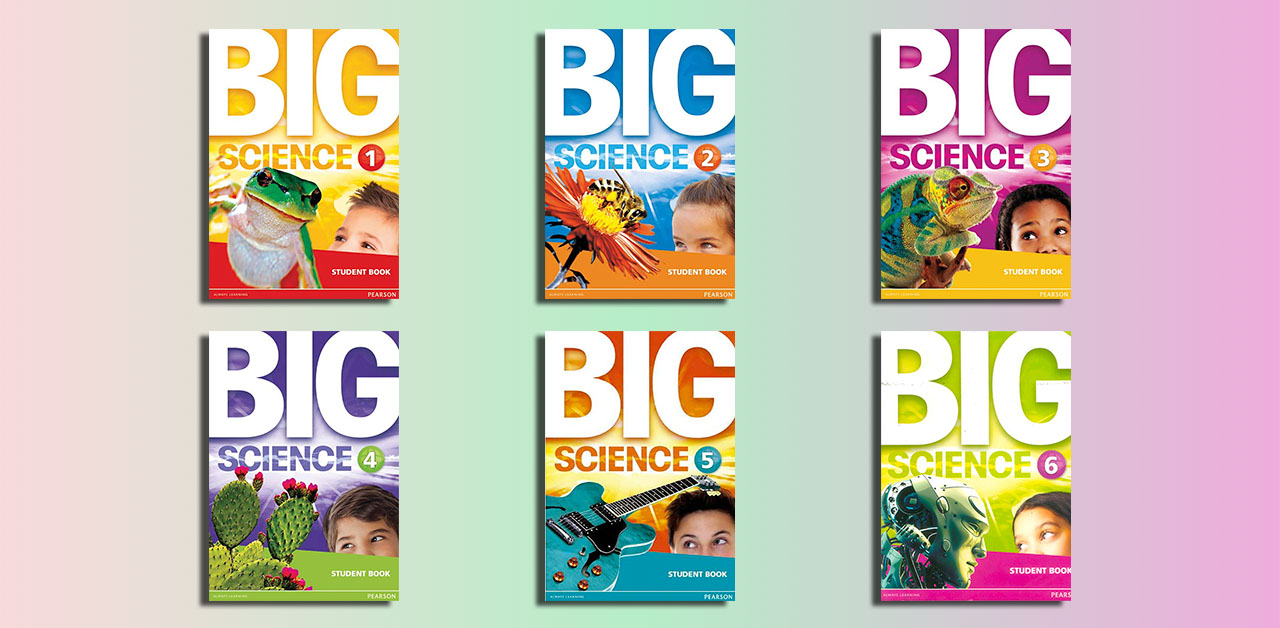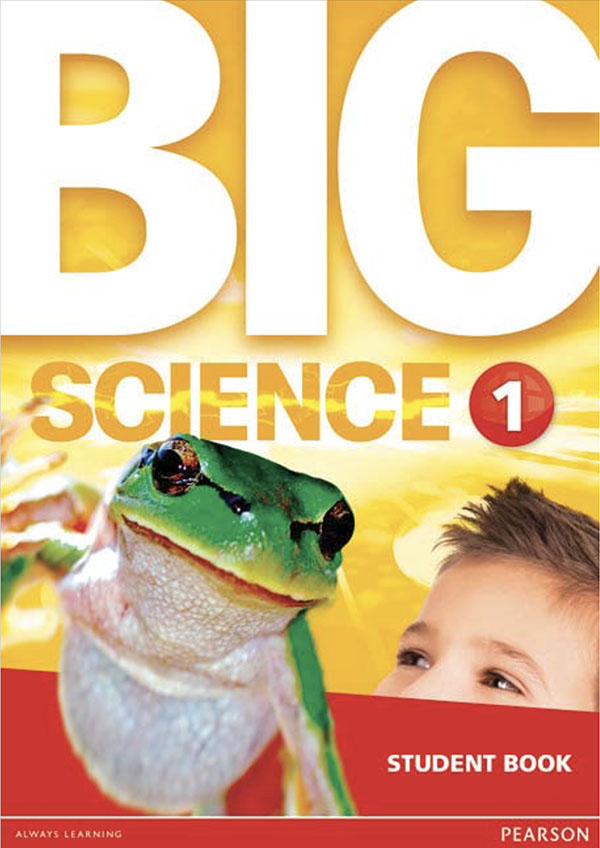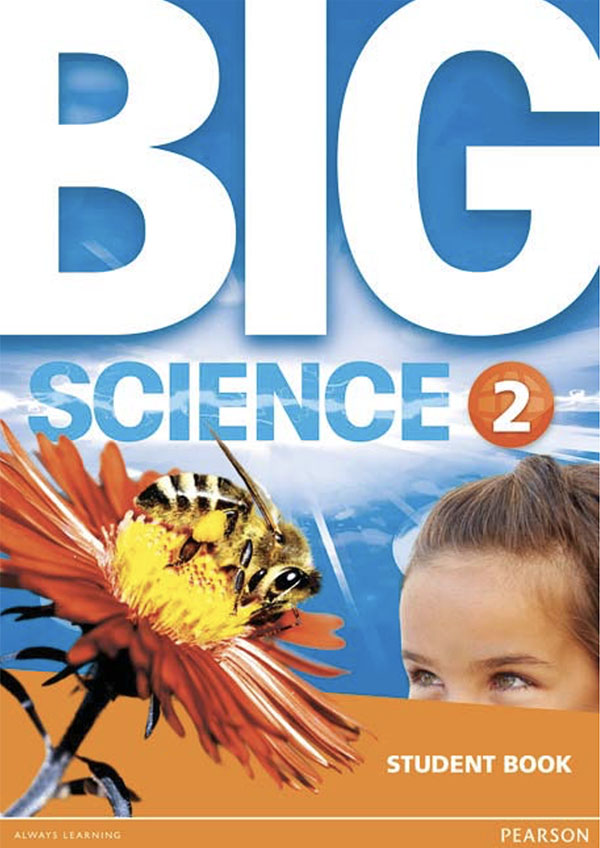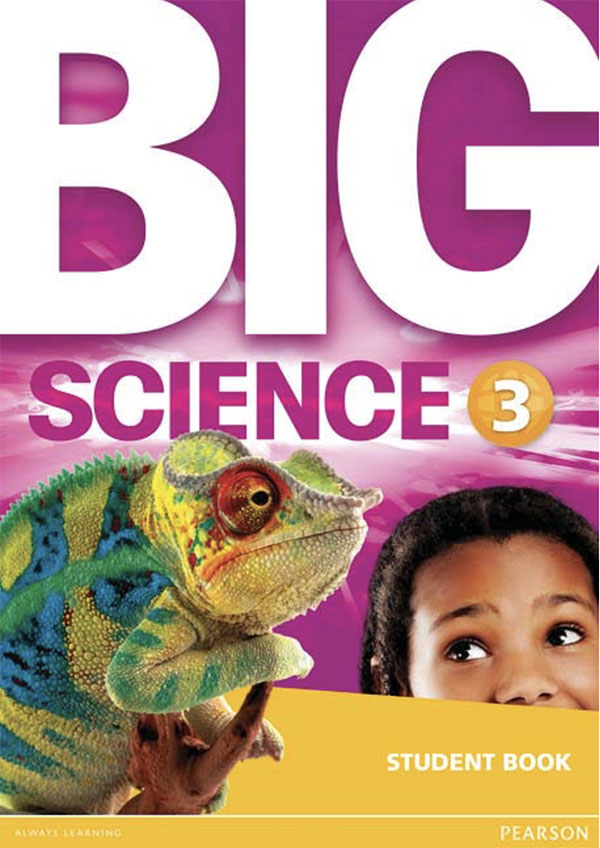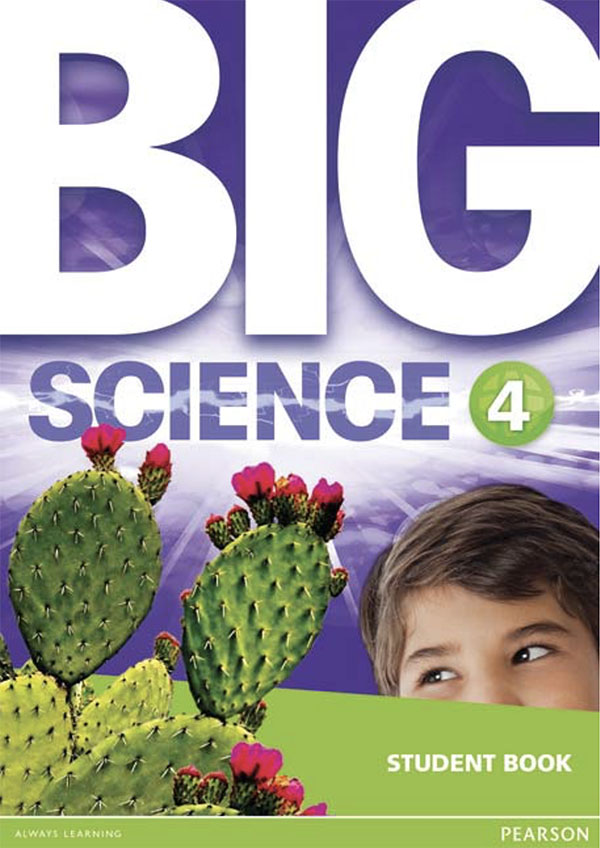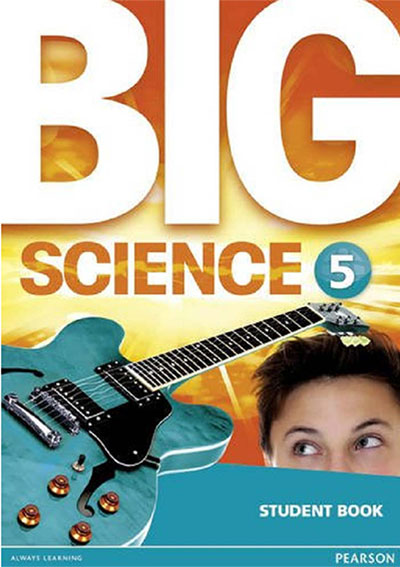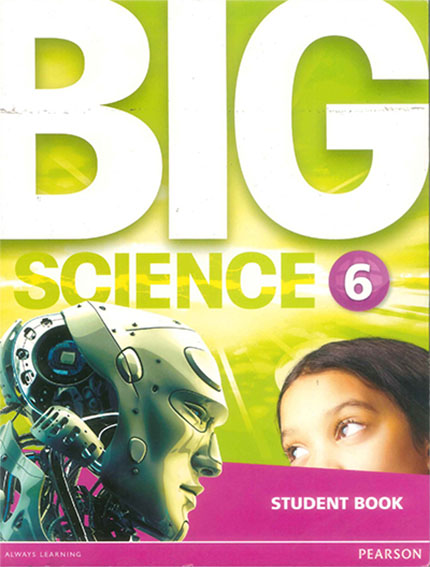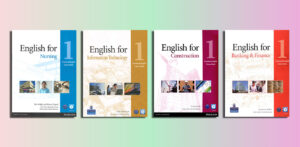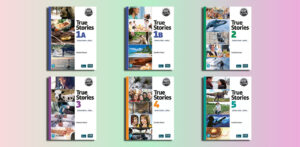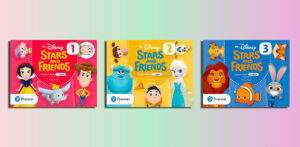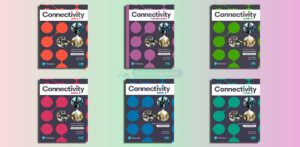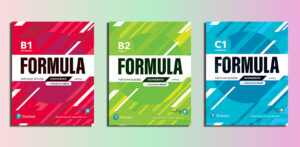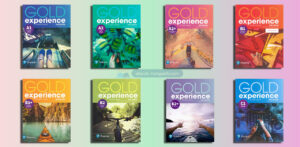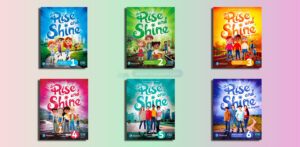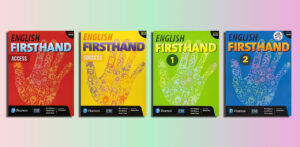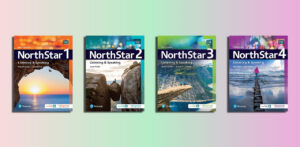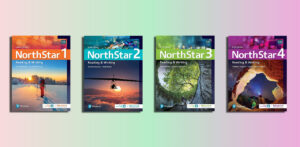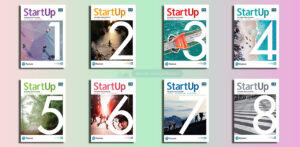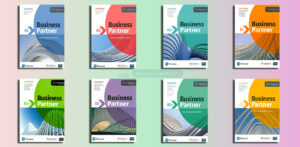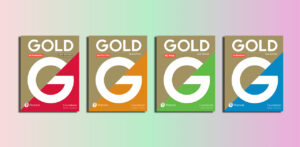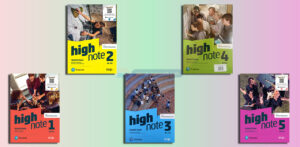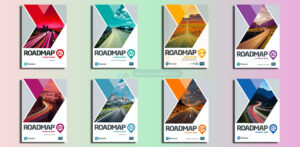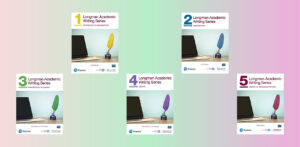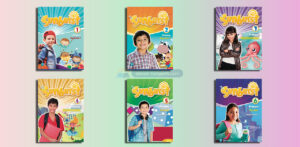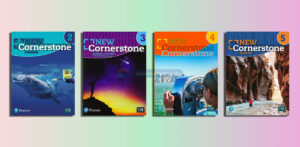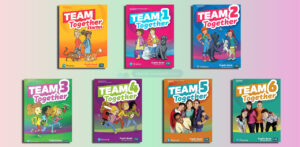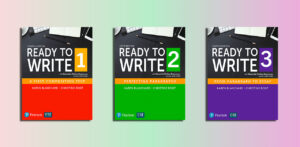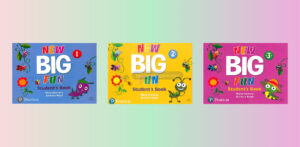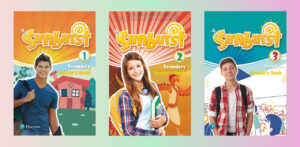Download, Pearson, Presentation
Download Big Science Pdf Audio Video Active Teach (Pre A1 / B1)
Big Science
Active Teach
Big Science 1 Active Teach.zip
Big Science 2 Active Teach.zip
Big Science 3 Active Teach.zip
Big Science 4 Active Teach.zip
Big Science 5 Active Teach.zip
Big Science 6 Active Teach.zip
PDFs, Resources
Level 1
Big Science 1 Audio.zip
Big Science 1 Extra.zip
Big Science 1 Flashcards.pdf
Big Science 1 Student’s Book.pdf – Sample: Click
Big Science 1 Teacher’s Book.pdf
Big Science 1 Video.zip
Big Science 1 Workbook Answer Key.pdf
Big Science 1 Workbook.pdf – Sample: Click
Level 2
Big Science 2 Audio.zip
Big Science 2 Flashcards.pdf
Big Science 2 Student’s Book.pdf – Sample: Click
Big Science 2 Teacher’s Book.pdf
Big Science 2 Video.zip
Big Science 2 Workbook Answer Key.pdf
Big Science 2 Workbook.pdf – Sample: Click
Level 3
Big Science 3 Audio.zip
Big Science 3 Flashcards.pdf
Big Science 3 Student’s Book.pdf – Sample: Click
Big Science 3 Teacher’s Book.pdf
Big Science 3 Video.zip
Big Science 3 Workbook Answer Key.pdf
Big Science 3 Workbook.pdf – Sample: Click
Level 4
Big Science 4 Audio.zip
Big Science 4 Flashcards.pdf
Big Science 4 Student’s Book.pdf – Sample: Click
Big Science 4 Teacher’s Book.pdf
Big Science 4 Video.zip
Big Science 4 Workbook Answer Key.pdf
Big Science 4 Workbook.pdf – Sample: Click
Level 5
Big Science 5 Audio.zip
Big Science 5 Flashcards.pdf
Big Science 5 Student’s Book.pdf – Sample: Click
Big Science 5 Teacher’s Book.pdf
Big Science 5 Video.zip
Big Science 5 Workbook Answer Key.pdf
Big Science 5 Workbook.pdf – Sample: Click
Level 6
Big Science 6 Audio.zip
Big Science 6 Flashcards.pdf
Big Science 6 Student’s Book.pdf – Sample: Click
Big Science 6 Teacher’s Book.pdf
Big Science 6 Video.zip
Big Science 6 Workbook Answer Key.pdf
Big Science 6 Workbook.pdf – Sample: Click
Big Science Active Teach Demo (Offline iTools)
Overview of the “Big Science”
Contents
| ✅ Coursebook: | Big Science |
| ✅ Publisher: | Pearson |
| ✅ English type: | American English |
| ✅ For: | Primary, Science |
| ✅ Levels: | Pre A1, A1, A2, B2 |
| ✅ Publication year: | 2016 |
The “Big English,” “Big English Plus,” and “Big Science” series from Pearson are comprehensive educational programs designed for young learners, focusing on teaching English as a second language through a Content and Language Integrated Learning (CLIL) approach. These programs are tailored for primary school students and are available in both American and British English editions. The series is distinguished by its engaging, interactive methodology and a variety of resources aimed at making English learning both effective and enjoyable.
Big Science
- Extension of Big English: Focuses on integrating science education with language learning
- Features: Emphasizes subject knowledge, critical thinking, communication, collaboration, and digital awareness
- Levels Available: 6 levels in British English
Connected English Learning Program
- Approach: Allows for a holistic learning journey starting from teaching with Big English, Big English Plus, or Big Science, followed by assessment through Benchmark Test – Young Learners, and certification via Pearson English International Certificate – Young Learners.
Additional Resources
- Digital Platform: Includes games, videos, and puzzles for engaging learning
- Assessment Tools: Personalized tests and assessments for tracking student progress
- Multimedia Integration: Incorporates interactive digital resources, CLIL projects, and Big English TV videos
Why Choose These Programs?
- Comprehensive Approach: Focuses on content, cognition, culture, and communication
- Skill Development: Builds confidence in the four language skills (speaking, listening, reading, writing) through diverse topics
- Flexibility: Offers lesson plans and materials to cater to varying needs and intensity levels of learners
Certifications and Assessments
- Benchmark Test – Young Learners: An interactive English proficiency test covering speaking, listening, reading, and writing skills
- Pearson English International Certificate – Young Learners: A language assessment for learners aged 6 to 13, emphasizing real-life scenarios and practical language use.
These programs, with their blend of interactive and comprehensive learning tools, aim to foster an engaging and effective English-learning environment for young learners around the globe.
Big Science 1 Student Book
Who is suitable for ‘Big Science’?
“Big Science” by Pearson is specifically designed for primary school students and is suitable for a range of learners, particularly those who have an interest or need in integrating science education with English language learning. Here are key aspects that make “Big Science” suitable for certain groups:
- Primary School Students: The program is tailored to the learning needs and cognitive abilities of young learners, making it ideal for children in primary education.
- Students Learning English as a Second Language: It’s especially beneficial for students who are learning English as a second language and wish to enhance their language skills while also gaining scientific knowledge.
- Learners Interested in Science: Children who show an interest in scientific topics will find the content engaging and stimulating, as it combines language learning with scientific inquiry and exploration.
- Students at Various English Proficiency Levels: “Big Science” accommodates different levels of English proficiency, making it suitable for a range of learners, from beginners to more advanced students.
- Classrooms with a CLIL Approach: For educational settings that employ Content and Language Integrated Learning (CLIL), “Big Science” provides a structured way to teach English through the subject matter of science.
- Learners Needing a Balanced Approach: The program is designed to develop not just subject knowledge but also critical thinking, communication, and collaboration skills, which are crucial for overall academic development.
- Students Seeking to Develop Digital Skills: With its digital resources and interactive content, “Big Science” is also suitable for learners who are being encouraged to develop digital literacy alongside their academic studies.
In summary, “Big Science” is ideal for primary school students who are learning English as a second language and have an interest in science, or for those in educational settings where there’s a focus on integrating language learning with other subject areas, like science, using the CLIL methodology.
Big Science 2 Student Book
The benefits of ‘Big Science’
“Big Science” offers several key benefits, particularly in the context of integrating science education with English language learning for primary school students. These benefits not only enhance language proficiency but also foster a broader range of skills and knowledge. Here are some of the main advantages:
- Integrated Learning: By combining science content with English language learning, “Big Science” supports Content and Language Integrated Learning (CLIL), allowing students to learn English in a meaningful context while also acquiring scientific knowledge.
- Enhanced Engagement: The integration of science topics makes learning more engaging for students, particularly those with a natural curiosity about the world around them. This engagement can lead to better retention of both language and scientific concepts.
- Development of Critical Thinking Skills: Science education encourages analytical and critical thinking. “Big Science” leverages this by integrating these skills into language learning, promoting higher-order thinking among students.
- Improved Communication Skills: As students learn scientific concepts in English, they simultaneously develop their language skills, especially in terms of specific vocabulary, comprehension, and the ability to articulate complex ideas clearly.
- Cultural and Global Awareness: Science is a universal subject that often involves global issues and perspectives. This aspect of “Big Science” helps in fostering cultural awareness and understanding among young learners.
- Digital Literacy: With its digital resources and interactive online content, “Big Science” also aids in developing digital literacy, an essential skill in the modern world.
- Collaboration and Teamwork: Many science projects and experiments require teamwork. This aspect of the program encourages collaborative skills, teaching students how to work effectively with others.
- Adaptability to Different Learning Levels: The program caters to various levels of English proficiency, making it accessible to a wide range of learners and allowing for differentiated instruction based on individual student needs.
- Comprehensive Learning Experience: “Big Science” offers a balanced approach to learning, covering not just language and science, but also other key skills like reading, writing, listening, and speaking.
- Preparation for Future Academic and Career Paths: By integrating science and English learning, the program lays a foundation for students who may pursue careers in science, technology, engineering, and mathematics (STEM) fields, where English is often the lingua franca.
In summary, “Big Science” provides a rich, multidimensional learning experience that goes beyond traditional language learning, preparing students not just in terms of language proficiency but also in scientific knowledge, critical thinking, digital skills, and global awareness.
Big Science 3 Student Book
Effective teaching and learning strategies for ‘Big Science’
Effective teaching and learning strategies for a program like “Big Science,” which integrates science education with English language learning, are essential to maximize both student engagement and educational outcomes. Here are some strategies that can be particularly effective:
- Hands-On Experiments and Activities: Encourage active learning by conducting experiments and hands-on activities. This approach not only makes science concepts more tangible but also provides practical contexts for using English language skills.
- Use of Multimedia and Technology: Incorporate multimedia resources like videos, interactive games, and digital platforms. These tools can enhance understanding of complex scientific concepts and engage students who are digital natives.
- Collaborative Projects: Implement group projects and collaborative research activities. This not only fosters teamwork and communication skills but also allows for peer learning, where students can learn from each other’s insights and language skills.
- Cross-Curricular Connections: Make connections between science and other subjects such as math, history, or geography. This approach helps students understand the interdisciplinary nature of knowledge and provides a more comprehensive learning experience.
Big Science 4 Student Book
- Inquiry-Based Learning: Encourage students to ask questions, hypothesize, and conduct investigations. Inquiry-based learning develops critical thinking and problem-solving skills, essential components of both science education and language acquisition.
- Differentiated Instruction: Recognize and address the diverse needs, backgrounds, and learning styles of students. Tailor instruction to meet these varied needs, ensuring that all students can access and engage with the material.
- Language Support: Provide support for language development, including vocabulary building, reading comprehension, and communication skills. This could involve pre-teaching vocabulary, using visual aids, and encouraging discussion and presentation.
- Real-World Connections: Relate scientific concepts to real-world situations and current events. This makes learning more relevant and engaging, and helps students see the practical application of their knowledge.
- Feedback and Assessment: Regularly assess student understanding through various methods (quizzes, projects, presentations) and provide constructive feedback. This helps track progress and identify areas needing further attention.
- Cultivate a Positive Learning Environment: Create a classroom atmosphere that encourages curiosity, experimentation, and a willingness to make mistakes. A supportive environment is crucial for language acquisition and scientific inquiry.
- Encourage Reflective Thinking: Prompt students to reflect on their learning process, what they found challenging, and what they enjoyed. Reflection helps consolidate learning and develop metacognitive skills.
- Utilize the CLIL Methodology Effectively: Since “Big Science” is based on the CLIL approach, ensure that both content (science) and language learning objectives are clearly defined and integrated in each lesson.
By implementing these strategies, teachers can effectively leverage the strengths of the “Big Science” program, fostering an environment where students can simultaneously excel in English language acquisition and scientific understanding.
Big Science 5 Student Book
Top 12 Science Education Series for Young Learners: Effective Alternatives to Pearson’s Big Science
If you’re seeking alternatives to the “Big Science” series by Pearson, which integrates science learning with English language development, here are several educational series that offer similar benefits for young learners in the realm of science education:
- Cambridge Primary Science – This curriculum framework provides a comprehensive introduction to the world of science for young learners. It focuses on inquiry-based learning to encourage curiosity and scientific skills.
- Oxford International Primary Science – A structured science series that delivers the requirements of the primary science curriculum with a globally relevant and engaging approach. It emphasizes inquiry and learning through practical activities.
- Science Fusion by Houghton Mifflin Harcourt – This innovative program, designed for grades K through 8, combines digital and print resources to provide comprehensive, multimedia instruction in science. It’s known for its interactive, engaging approach to building strong science fundamentals.
- Delta Science Content Readers by Delta Education – These readers provide science content in a clear and engaging way that supports learning and literacy. They cover a wide range of topics suitable for primary and middle school students.
- Nelson Science – Developed specifically for the K-8 curriculum, Nelson Science is designed to cultivate a sense of wonder and curiosity in students while providing comprehensive coverage of science topics through an inquiry-based approach.
Big Science 6 Student Book
- Macmillan/McGraw-Hill Science – A series that provides a hands-on approach to science learning. Each volume is packed with engaging text and activities that help students understand the practical application of science in everyday life.
- Exploring Science by Pearson – Although from the same publisher as Big Science, Exploring Science offers a different approach and layout, focusing more on the UK curriculum but also applicable internationally with its comprehensive content and investigative activities.
- Interactive Science by Pearson – Another excellent series from Pearson, this curriculum offers an engaging, hands-on learning experience with an emphasis on active participation. It helps students connect the dots in science through its interactive and inquiry-based approach.
- Science: A Closer Look by McGraw-Hill – This series provides a solid foundation in elementary science. It uses a variety of tools like labs, animations, and videos to enhance understanding and foster a deeper interest in scientific inquiry.
- National Geographic Science – Known for its stunning visuals and engaging content, this series encourages exploration and scientific thinking among young learners, making use of National Geographic’s extensive resources to bring science to life.
- Scott Foresman Science – This comprehensive series is designed to help students develop a thorough understanding of key scientific concepts through rich content, hands-on activities, and interactive multimedia resources.
- Carolina Science Online – While not a traditional textbook series, Carolina Science Online provides a wide range of digital resources and kits that can supplement any science curriculum, offering interactive lessons, experiments, and real-time data analysis.
Each of these series offers a unique approach to science education, catering to different educational needs and preferences while providing a thorough understanding of scientific principles and practices suitable for young learners.

